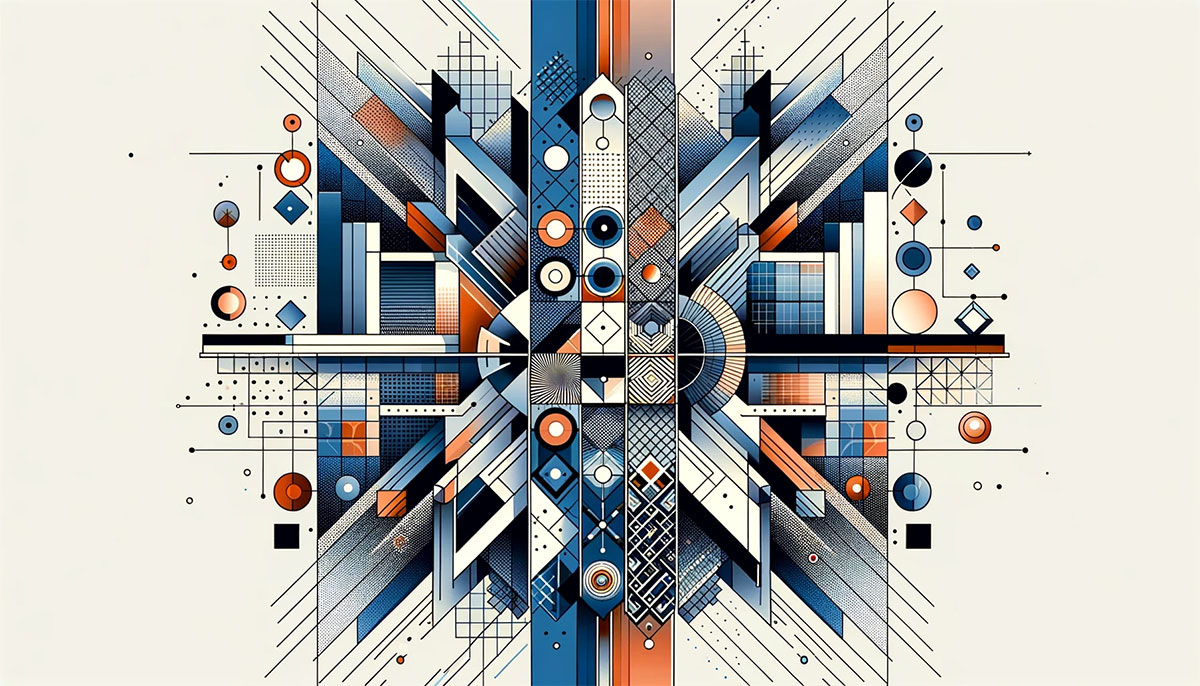Visual symmetry has long been associated with aesthetic appeal and satisfaction, influencing various domains from art and design to human perception and emotional response. Understanding how symmetry evokes satisfaction reveals deep insights into both our psychological make-up and our cultural practices.
Psychological Underpinnings of Symmetry Preference
The preference for symmetry is rooted in our cognitive processes. Humans have an innate sensitivity to symmetrical displays. Research indicates that adults can detect symmetrical visual patterns faster and more accurately than asymmetrical ones, suggesting a biological predisposition to respond positively to symmetry[5]. This has implications for our emotional well-being, as balanced compositions can elicit feelings of calmness and stability, contributing to a sense of visual satisfaction[7][8].
Furthermore, the fluency hypothesis posits that we derive pleasure from stimuli that are easy to process. Symmetrical objects tend to have less visual information for the brain to interpret, allowing for quicker recognition and processing, which in turn can foster positive affect[3]. This notion is reinforced by studies showing that harmonious designs are perceived as more positive and inviting, thus enhancing user engagement and experience[1][6].
Aesthetic Experiences in Art and Design

Symmetry plays a pivotal role in various forms of artistic expression, including graphic design, painting, and photography. For instance, graphic designs that incorporate symmetrical elements are often perceived as more organized and appealing. This is because 'symmetrical designs often appear aesthetically pleasing and familiar' to viewers, leading to increased trust and engagement with the content presented[2][6]. An example of this can be seen in brand logos that utilize symmetry to communicate stability and reliability, such as those of Apple and Adidas[2].
In art, symmetry's allure can be traced back to ancient cultures where it conveyed concepts of divine order and beauty. The symmetry found in Renaissance art reflects the society's pursuit of ideal beauty and proportion[8]. Works like Leonardo da Vinci's 'Vitruvian Man' exemplify these ideals, showing how proportionality and symmetry can create a satisfying visual effect that resonates with viewers.
Cultural Dimensions of Symmetry
Beyond individual psychology, symmetry carries cultural significance, influencing collective aesthetics and interpretations. Across various societies, symmetrical designs symbolize harmony and balance. In Eastern cultures, for example, symmetry is essential in traditional arts, representing serenity and interconnectedness with nature[8]. This cultural aspect is not just about beauty; it intertwines with philosophical and spiritual beliefs, embodying deeper meanings related to human experience and identity.
Moreover, symmetry also finds its place in fashion and branding, where it contributes to a brand's identity and emotional appeal. Designers often exploit symmetrical patterns to evoke feelings of luxury and professionalism, reinforcing the idea that visual balance plays a critical role in consumer perception and satisfaction[6][9].
Mechanisms of Visual Balance in User Experience
In digital interfaces, the impact of visual symmetry extends to user experience and navigation. Designers strive for visual balance to guide user attention and enhance interaction. A symmetrical layout allows users to process information more efficiently, promoting an intuitive user experience. Studies suggest that a well-balanced design fosters user satisfaction by providing a sense of order and predictability while reducing cognitive load[6].
Conversely, asymmetry can be employed strategically to create dynamic tension and interest. However, careful consideration of balance is necessary; excessive asymmetry might disrupt user engagement, leading to confusion and frustration[6][8]. Understanding the interplay between symmetry and asymmetry thus enables designers to enhance visual appeal while facilitating user interaction effectively.
Conclusion
Visual symmetry creates satisfaction through a complex interplay of psychological, cultural, and aesthetic factors. Our innate preference for balanced designs stems from biological predispositions favoring efficient processing, which enhances emotional responses. In art and design, symmetry's power lies in its ability to convey harmony and balance, influencing how we perceive beauty and evoke emotional connections. As designers and artists continue to explore these dynamics, the integration of symmetry into various creative expressions will remain essential in crafting experiences that resonate deeply with audiences. Whether in a piece of art, a brand logo, or a user interface, the presence of symmetry plays a crucial role in establishing satisfaction and harmony in our visual world.
Get more accurate answers with Super Pandi, upload files, personalized discovery feed, save searches and contribute to the PandiPedia.
Let's look at alternatives:
- Modify the query.
- Start a new thread.
- Remove sources (if manually added).